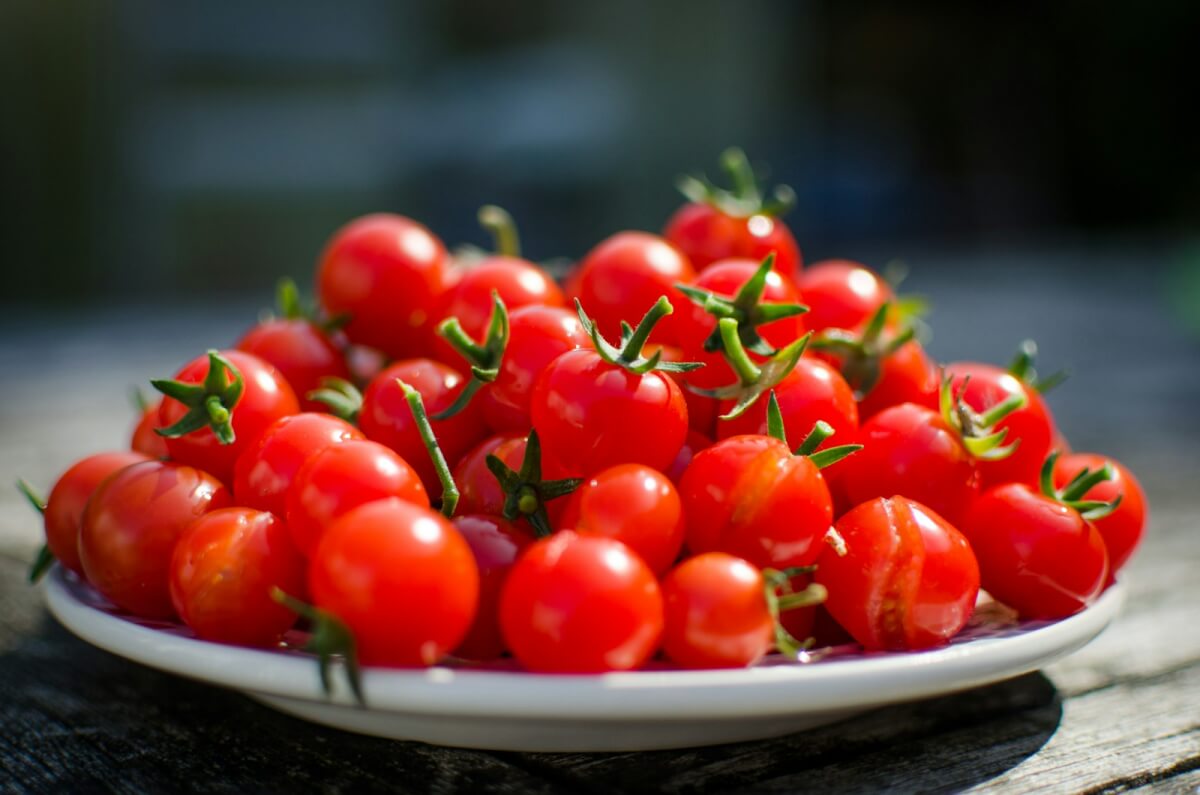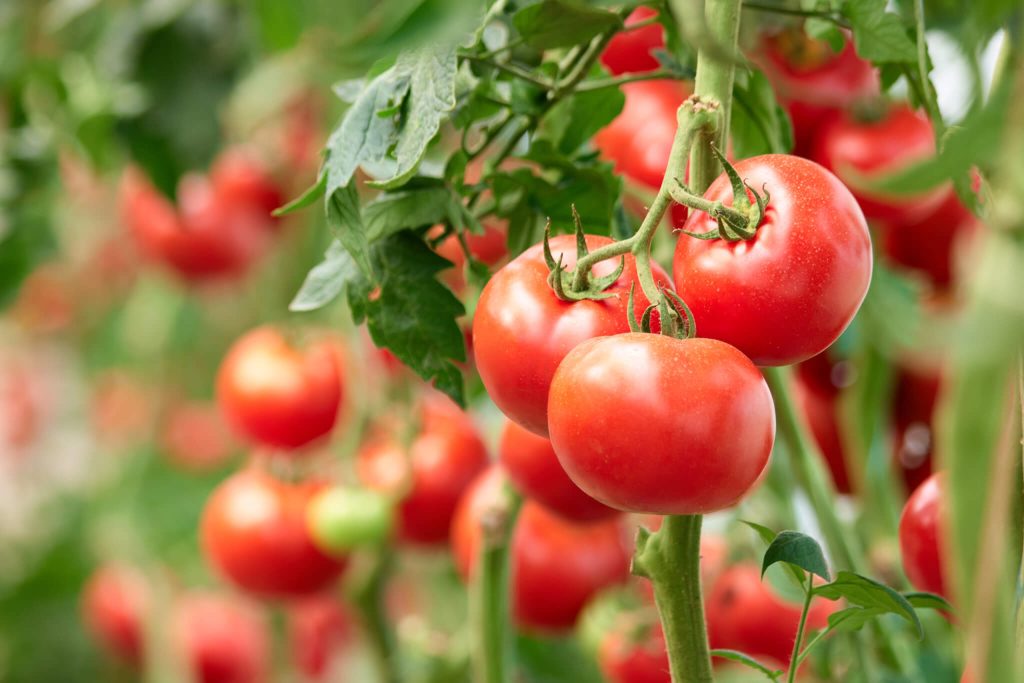

(© DenisProduction.com – stock.adobe.com)
In a nutshell
- Scientists discovered that lycopene, the compound that makes tomatoes red, may help alleviate depression by improving brain cell communication in mice. The research used concentrated doses higher than what’s available through diet alone.
- The study found that lycopene increased levels of BDNF, a protein that supports brain cell growth and communication. Mice treated with lycopene showed improved social behavior and greater interest in pleasurable activities.
- While promising, this research is preliminary and was conducted only in male mice using concentrated lycopene. The human equivalent dose would be significantly higher than what’s available through diet, highlighting the need for further research before any clinical applications.
CHONGQING, China — A compound that gives tomatoes their vibrant red color may hold promise as a natural treatment for depression. Scientists at Chongqing Medical University in China have discovered that lycopene, a powerful antioxidant found abundantly in tomatoes, watermelons, and other red fruits, could potentially alleviate depression symptoms by promoting brain cell connectivity.
Depression poses a significant global health challenge, affecting millions worldwide. Current treatments, while helpful for many, can have drawbacks including side effects and varying effectiveness. This has led researchers (and consumers alike) to explore natural compounds as potential therapeutic options.
In this new study, published in Food Science & Nutrition, researchers examined how lycopene affects behaviors associated with depression in mice experiencing chronic social stress. They found that this naturally occurring compound could enhance brain cell communication through several biological pathways.


The research focused on how lycopene influences synaptic plasticity – the brain’s ability to modify connections between neurons. Synaptic plasticity allows brain cells to form and adjust their connections, similar to how a path becomes more defined the more it’s traveled. During depression, these neural pathways can become weakened, particularly in the hippocampus, a brain region important for processing emotions and memories.
To investigate lycopene’s effects, researchers used an established protocol called chronic social defeat stress (CSDS). They introduced smaller mice to larger, more aggressive mice for brief periods over ten days, creating social stress that produces depression-like behaviors. This model helps scientists study stress-related depression in a controlled laboratory setting.
The study involved 84 male mice, with 24 serving as controls and 60 undergoing the stress protocol. After confirming depression-like behaviors, researchers divided the stressed mice into two groups: one received daily lycopene treatment (20 mg/kg), while the other received a control substance.
Throughout the study, researchers conducted several behavioral tests to measure depression-like symptoms. Mice receiving lycopene showed increased social interaction and displayed more interest in sweetened water, suggesting improvements in social behavior and pleasure-seeking – both commonly impaired in depression.


When researchers examined the brain tissue, they found that lycopene treatment increased levels of BDNF, a protein that supports the survival and growth of brain cells. Much like a gardener’s fertilizer helps plants grow stronger roots, BDNF helps strengthen connections between neurons. The treatment also activated related signaling pathways that support healthy brain cell communication.
One particularly interesting aspect of this research involves lycopene’s safety profile. Lycopene occurs naturally in many red fruits and vegetables and has been consumed safely in the human diet for generations. When converted from the mouse dosage using FDA guidelines, the human equivalent dose would be approximately 1.62 mg/kg – a level that could potentially be achievable through careful supplementation under medical supervision.
Understanding how the research doses relate to everyday food sources helps put the findings in perspective. A medium fresh tomato contains approximately 3-5 mg of lycopene, while a cup of tomato sauce provides around 25 mg. However, the lycopene used in this study, when converted to human equivalent doses, would require approximately 110 mg daily for a 150-pound adult – significantly more than typical dietary intake.
Additionally, lycopene from food sources is absorbed differently than the purified form used in the study. Processing and cooking tomatoes in oil actually increases lycopene absorption, which explains why tomato sauce and paste have higher bioavailable lycopene than raw tomatoes. While this research shows promise, the gap between dietary intake and study doses highlights why further research is needed.


Of course, while mice share many biological similarities with humans, findings in animal studies don’t always translate directly to human treatments. Additionally, this study focused exclusively on male mice, leaving questions about potential gender differences in response to lycopene treatment.
Nonetheless, this research opens up intriguing possibilities for using natural compounds in depression treatment. As scientists continue to understand how nutrients affect brain function, studies like this one provide valuable insights into potential new therapeutic approaches.
Lycopene in Your Diet: Top Food Sources
Amounts shown in milligrams (mg) per 100-gram serving
TOMATO PRODUCTS
- Tomato paste: 42.2 mg
- Tomato puree: 28.5 mg
- Tomato sauce: 21.5 mg
- Canned tomato soup: 13.3 mg
- Sun-dried tomatoes: ~14 mg
- Fresh tomatoes: 2.5–3.0 mg
- Cherry tomatoes: 2.5 mg
OTHER RED FRUITS
- Watermelon: 4.5–5.3 mg
- Pink/red grapefruit: 1.1–1.5 mg
- Papaya: 1.2–1.5 mg
SURPRISING SOURCES
- Red carrots: 5–9 mg (varies by variety)
- Red bell peppers: 0.3 mg
- Sweet red peppers: 0.5 mg
Did you know? Cooking tomatoes and consuming them with oil enhances lycopene absorption. Tomato-based foods like pizza sauce, spaghetti sauce, and ketchup often provide more bioavailable lycopene than raw tomatoes.
Source: USDA Food Composition Database and Food Science & Nutrition research compilations. Values are approximate and may vary based on ripeness, variety, and preparation method.
Paper Summary
Methodology
The research team used a carefully structured approach to test lycopene’s effects. They first established two groups of mice: a control group living in normal conditions and an experimental group exposed to social stress. The stress protocol involved daily encounters with larger, aggressive mice for 10 days, creating a model of social defeat stress. After confirming depression-like behaviors, researchers administered either lycopene or a control substance daily. They then conducted four different behavioral tests to measure various aspects of depression-like behavior, including social interaction, pleasure-seeking, and overall activity levels.
Results
The study produced several key findings. Mice treated with lycopene showed significantly improved social behavior, spending more time interacting with other mice compared to untreated stressed mice. They also demonstrated greater preference for sweetened water, suggesting improved ability to experience pleasure. At the molecular level, treated mice showed increased levels of proteins involved in brain cell communication and higher levels of BDNF in the hippocampus. These changes were consistent across multiple measurements and statistical analyses.
Study Limitations
Several important limitations should be considered. First, the study included only male mice, which may not represent how lycopene would affect females. Second, the research focused on stress-induced depression, while human depression can arise from various causes. Third, the study period was relatively short compared to typical human depression treatment timeframes. Additionally, while the mouse-to-human dose conversion provides a starting point, human studies would be needed to determine optimal dosing.
Discussion and Takeaways
This research suggests that lycopene might help alleviate depression by improving brain plasticity through specific molecular pathways. The study provides scientific groundwork for investigating natural compounds in depression treatment, potentially leading to new therapeutic strategies. However, it’s important to note that this remains preliminary research and should not replace current depression treatments without medical supervision.
Funding and Disclosures
This research was funded by the Chongqing Municipal Public Health Bureau through grant CQYC202110203105. The researchers declared no conflicts of interest, suggesting no commercial influences on the study design or results.
Publication Information
This study appeared in Food Science & Nutrition (2025, Volume 13, Issue 1, pages 1-12), titled “Lycopene Alleviates Depression-Like Behavior in Chronic Social Defeat Stress-Induced Mice by Promoting Synaptic Plasticity via the BDNF–TrkB Pathway.” The research team included scientists from Chongqing Medical University and other Chinese research institutions.








